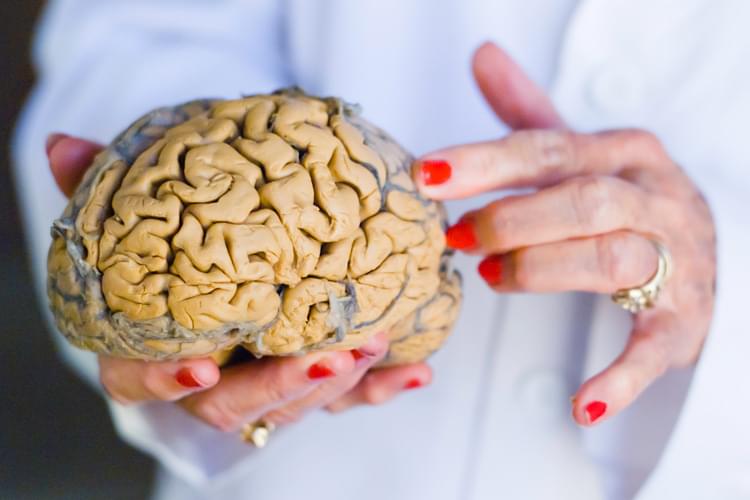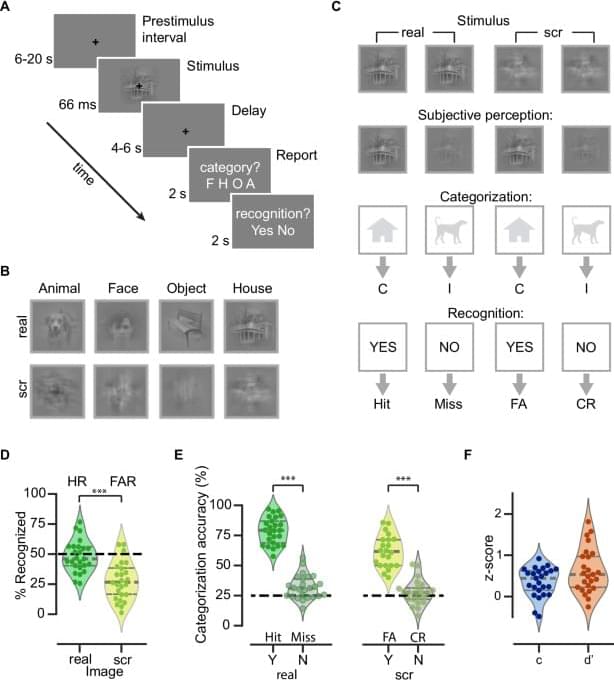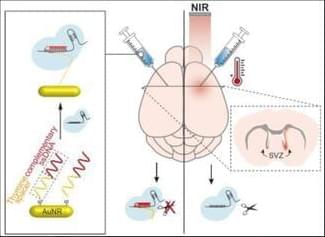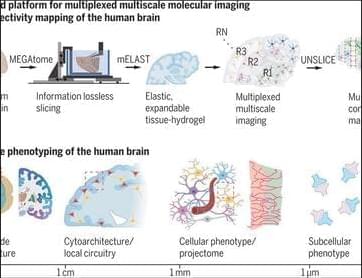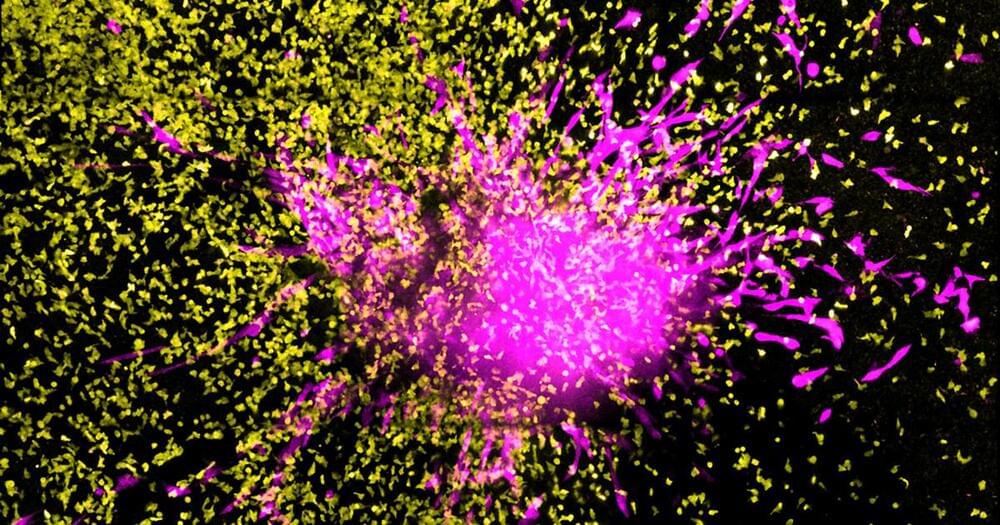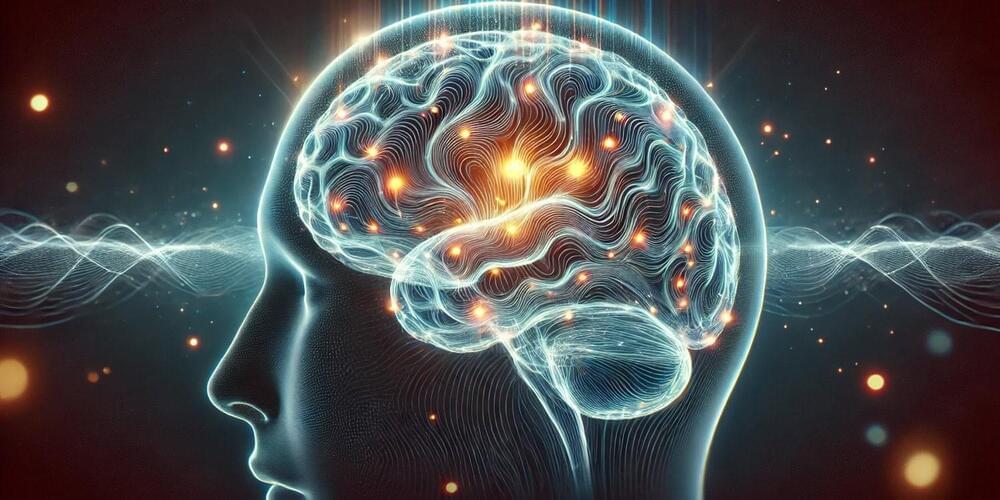You can demonstrate a subjective quality like redness is different from red light. If you add a device that converts a red signal into a green one, between the retina and the optic nerve, the strawberry will seem green. It’s not about light hitting the retina, it’s about how the signal is processed. In this case, the greenness must be a quality of our conscious knowledge of the strawberry, not of the red light landing on the retina. If you use sufficient, well defined terminology, you can objectively communicate the nature of subjective qualities. For example, even though you know what it is like to see something that is red you cannot know that what happens inside my brain is the same as yours. It may be that “My redness is like your greenness, both of which we call red.” The properties of the red light are the same, but the experience the light produces could be different.
Physicists Don’t Understand Color
Posted in neuroscience, physics
